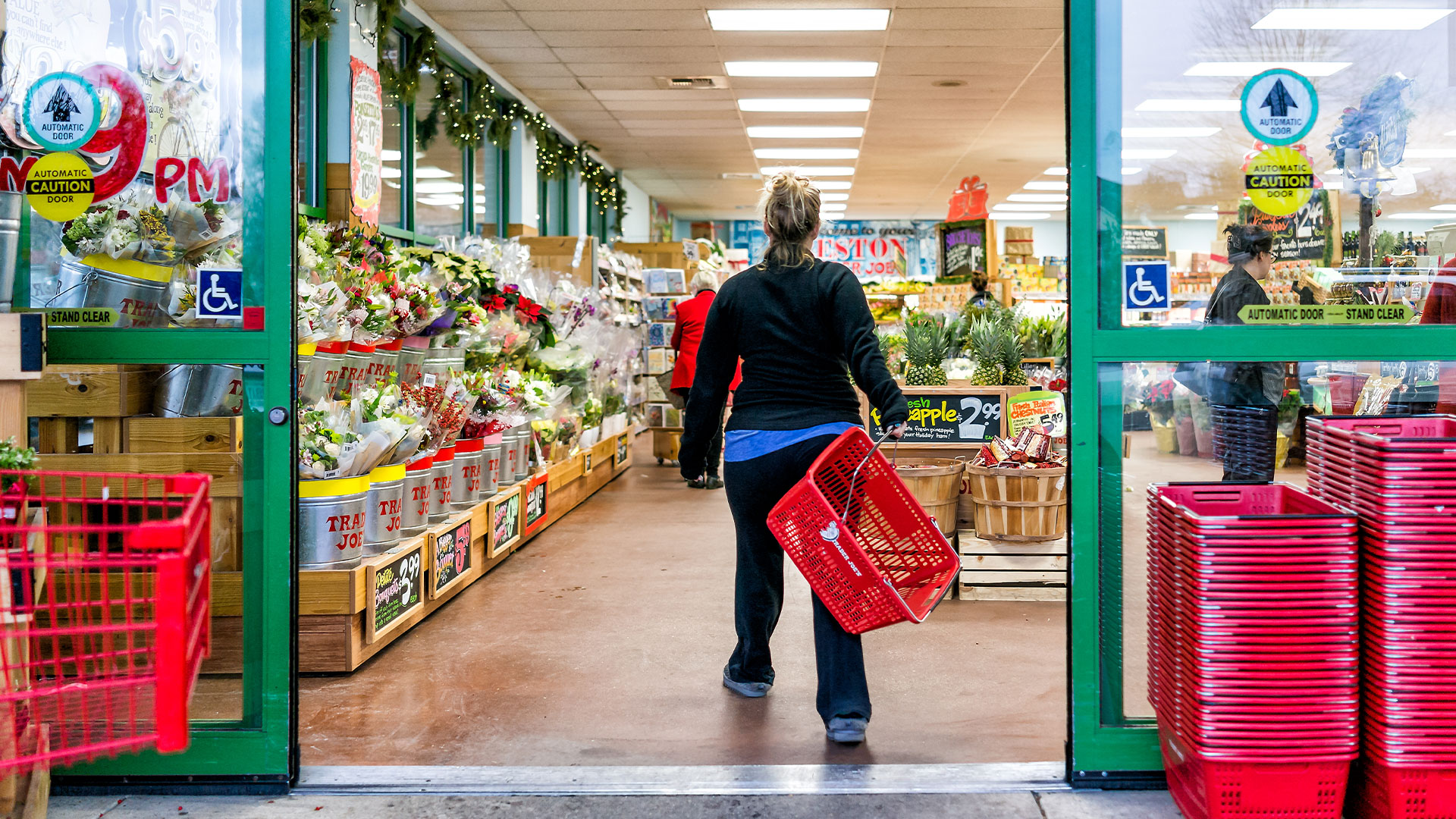CHAINS popular among middle-class Americans are likely to be next to close shops, according to a retail expert.
It comes as what’s dubbed the “retail apocalypse” continues to plague stores across the country.
From fashion retailers to department store chains, almost everyone has been impacted by a rise in online sales in the wake of the Covid-19 pandemic.
That has, of course, reduced the demand for brick-and-mortar businesses.
At the same time, inflation has kept prices at an all-time high, making it more and more difficult for Americans to spend their money on additional items.
As of 2021, around 40 percent of the nation’s department stores had closed since 2016.


Just last year alone, over 60 major retailers filed for bankruptcy, including Brooks Brothers, J. Crew, Sears, Lucky Brand, Forever 21, and Circuit City.
There are several reasons driving the “perfect storm” of closures hitting retailers across the country, according to retail expert Andrew Lokenauth.
Lokenauth, a Tampa-based financial analyst who is now the founder of personal finance media platform Fluent in Finance, has spent more than 15 years working with the retail and restaurant industries.
He told The U.S. Sun many factors are playing a role in retailers’ widespread closures, but it begins with the ranging inflationary supply chain challenges.
THE CLOSURES DEFINED
Inflation during the recession, which began in mid-2021 and has continued until now, alongside changing consumer shopping behavior trends, prompted the widespread closures, Lokenauth said.
“It was a perfect storm waiting to brew,” Lokenauth said.
“It was amplified by the excess of money that we printed during the recession.
“When you’re printing that much money, it has to be absorbed back into the economy.”
As the money supply increased, prices had to adjust and skyrocket to higher rates, as is seen in the jump in egg prices alone, which increased by 49.1 percent in November 2022.
The smaller businesses are not able to keep up with the price hikes, and it’s inevitable many are forced to close their doors, Lokenauth said.
The perfect storm is made worse by the fact that Gen Z is trailblazing a new kind of shopping experience, and it’s one that relies on the convenience of online shopping over brick-and-mortar stores.
“The younger generation has been groomed and become more accustomed to the convenience of shopping on their phone,” Lokenauth said.
“So for a lot of these brick and mortar stores that don’t have an online model, it’s very hard to compete.”
Shoppers would prefer to spend time at home with their families or even working a side hustle to earn extra income rather than take the time to shop at a store, so e-commerce is ultimately reigning supreme.
You can also use Google Chrome extensions like Honey to compare prices for an item to ensure you are getting the best bang for your buck on every purchase.
“We just live in a world of convenience with all the technology we have,” Lokenauth said.
“I think that’s the biggest driver because the convenience and the technology also help to ensure you’re getting the best prices.”
In the fallout of these closures, Lokenauth anticipates that larger companies will continue buying up their assets, as Amazon did with Sears for storage space in recent years.
“We live in a very fast-paced world where time is more valuable than money,” Lokenauth added.
WHICH CHAINS WILL BE HIT NEXT?
Looking ahead, Lokenauth has a few ideas of where the retail apocalypse might hit stores most next.
Some retailers could remain essentially unaffected by the closure trends, especially if they have created a market appeal based on their discounts.
Lokenauth said places like Dollar General and Five Below will continue to do well, as will stores selling high-luxury goods like Nordstrom.
This is because their customers will continue their spending habits no matter if there’s a recession or not.
“Those people are not affected by the recession,” Lokenauth said.
“So the places that save you money like your dollar stores will do good and your luxury stores will do good because they have their clientele who always come in no matter what,” Lokenauth added.
The ones most at risk are actually the stores that have built brands catering to the everyday middle-class American, the expert explained.
“I think the stores that fall within the middle for the middle-class Americans, those might not tend to do well because people will try to cut back,” Lokenauth said.
Applebee’s and Chili’s, as well as other chains that rely on middle-class America’s discretionary spending budgets, could see their fair share of closures next, Lokenauth predicted.
However, this is of course just a prediction.
Executives at Applebee’s have said their customers have been resilient through times of inflation.
In the third quarter of 2022, Applebee’s saw its year-over-year comparable same-restaurant sales increase by 3.8 percent.
Applebee’s operates more than 1,500 stores in the United States.
Chili’s also hasn’t shown signs of struggle just yet.
Despite menu cost concerns, Chili’s comparable store sales increased eight percent in the quarter ending December 28, 2022. Plus, revenues rose nine percent to $879million from $808million.
All of this occurred even with a pricing hike of 10 percent to match inflationary pressures.
In 2022, there were more than 1,200 Chili’s stores located in the United States.
The U.S. Sun reached out to Applebee’s and Chili’s for comment.
In terms of how these retailers can protect themselves from the upcoming turmoil, it’s a complicated equation, Lokenauth said.
“The easiest solution would be to lower prices, but how low can you lower prices before you break even and you lose money?” he explained.
Cash reserves could end up being the make-it-or-break-it factor between the retailers that sink or swim during this period.
“The companies who have the most cash would be in the best position to withstand a storm like this,” Lokenauth said.


Only a few weeks remain until six major retailers close doors this spring.
Plus, here’s the full list of fashion retailers that will no longer be operating this month.




